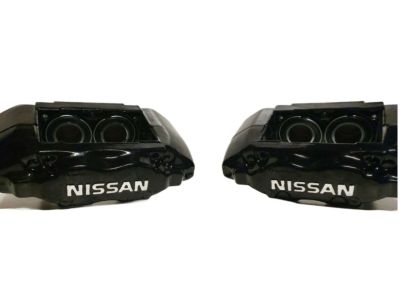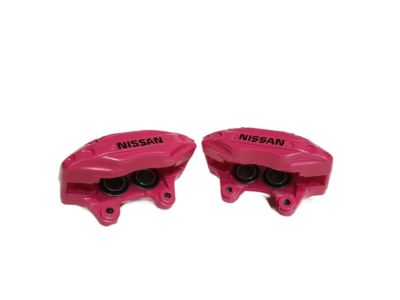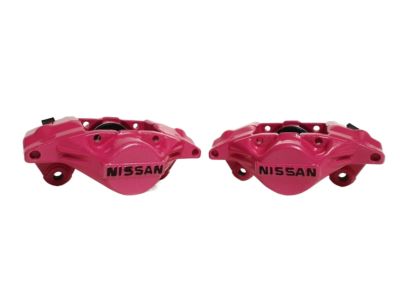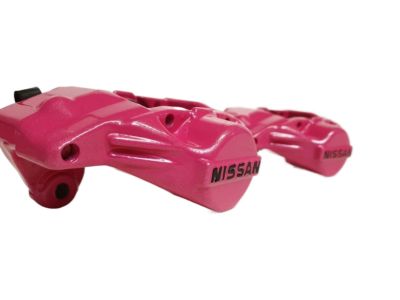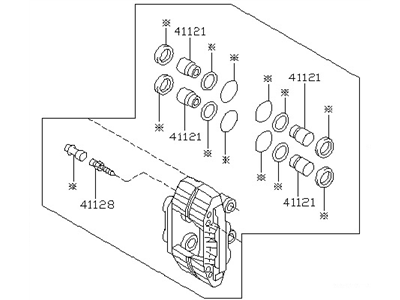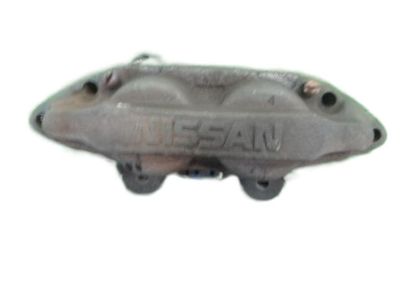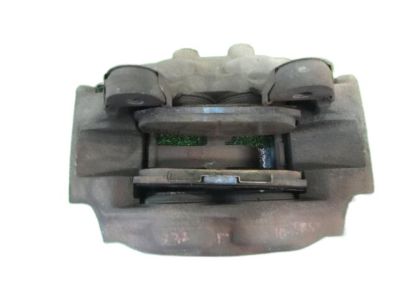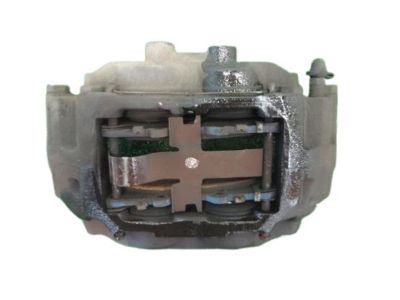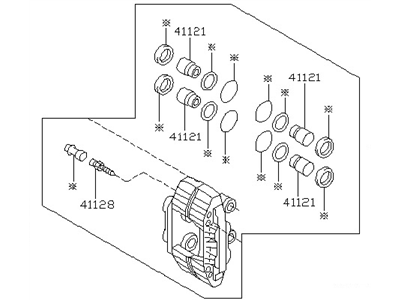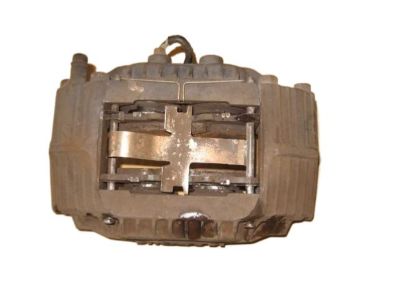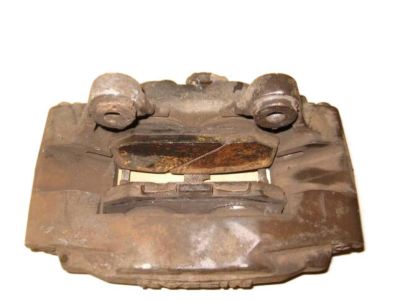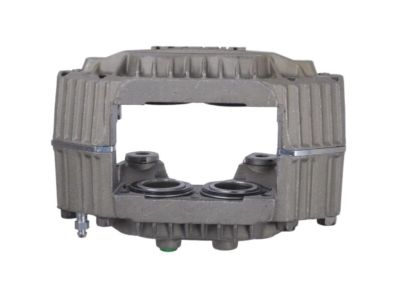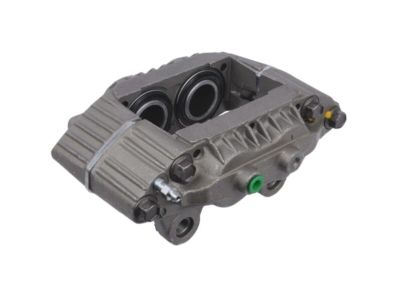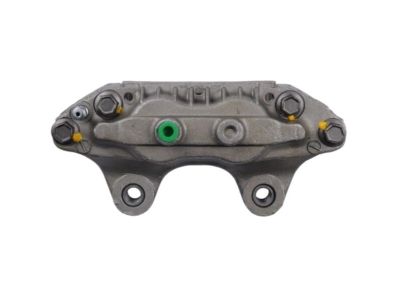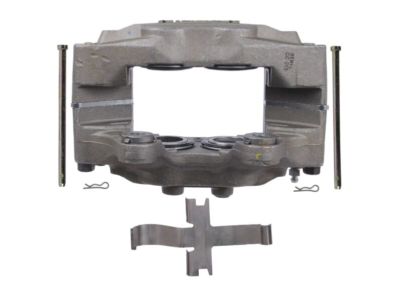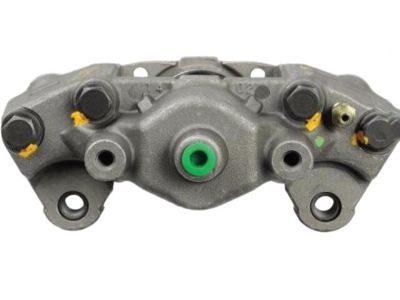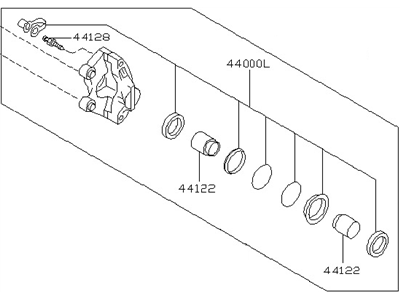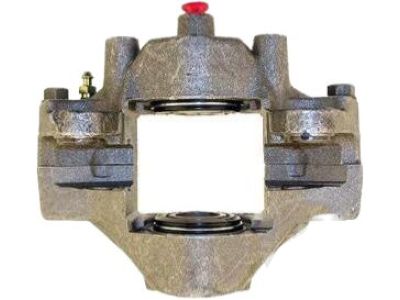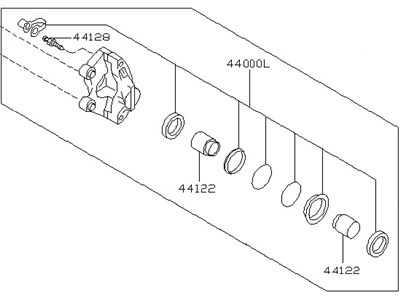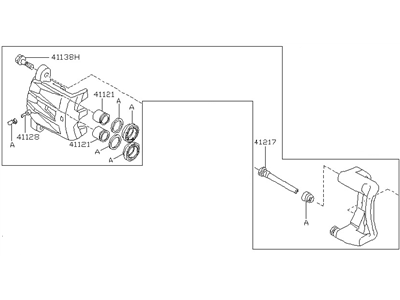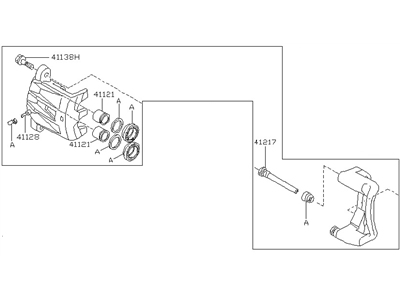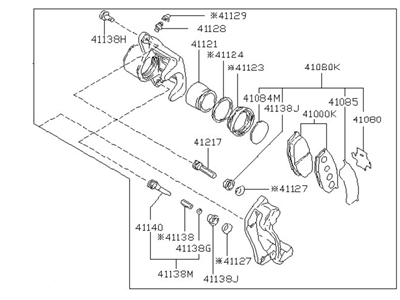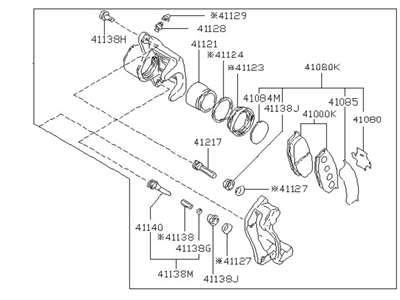×
- Hello
- Login or Register
- Quick Links
- Live Chat
- Track Order
- Parts Availability
- RMA
- Help Center
- Contact Us
- Shop for
- Nissan Parts
- Nissan Accessories

My Garage
My Account
Cart
Genuine Nissan 300ZX Brake Caliper
Caliper- Select Vehicle by Model
- Select Vehicle by VIN
Select Vehicle by Model
orMake
Model
Year
Select Vehicle by VIN
For the most accurate results, select vehicle by your VIN (Vehicle Identification Number).
32 Brake Calipers found
| Page 1 of 2 |Next >
1-20 of 32 Results
Nissan 300ZX Brake Caliper
If you need any OEM Nissan 300ZX Brake Caliper, feel free to choose them out of our huge selection of genuine Nissan 300ZX Brake Caliper. All our parts are offered at unbeatable prices and are supported by the manufacturer's warranty. In addition, we offer quick shipping to have your parts delivered to your door step in a matter of days.
Nissan 300ZX Brake Caliper Parts Questions & Experts Answers
- Q: How do you service the front and rear calipers on Nissan 300ZX?A:As for the front caliper, raise the car by means of a jack and safely secure it on a pair of jackstands, then detached the wheel. Remove the hydraulic hose by unscrewing the banjo bolt with the use of the cap screws, while expecting some brake fluid to be ejected. Next, remove the two caliper 'holding' bolts, and pull off the caliper and the piston as a complete assembly. Check for leakage, crack, welded line in the caliper and replace if it is found to be worn out. Insert the caliper and fasten it with the top retaining pin and then followed by putting the pads into its position. Connect the hydraulic hose, and then release the air in the hydraulic system. The second you need to raise the vehicle and support it on jackstands and remove the wheel for the rear caliper. Disconnect the emergency brake cable by releasing the cable adjuster and pull the cable off the parking brake pivot at the caliper. Loosen the hydraulic hose connection between the metal line and rubber hose; this can be accomplished with the flare nut wrench, pull off the hose retainer spring from the bracket and pull of the hose. Next, you have to uninstall the caliper by unbolting the caliper retaining bolts, and examine it for leakage of the seals, surface rust, cracks, wear or other unwarranted signs of damage. In order to make the installation, it is necessary to undo the pads, afterward, put the caliper onto the rotor of the car and tighten the two bolts that are provided for this purpose. Replace the worn out brake pads, join the hydraulic line and perform hydraulic system bleeding. Last of all, put back the wheel, relocate the jackstands and reduce the height of the car.
